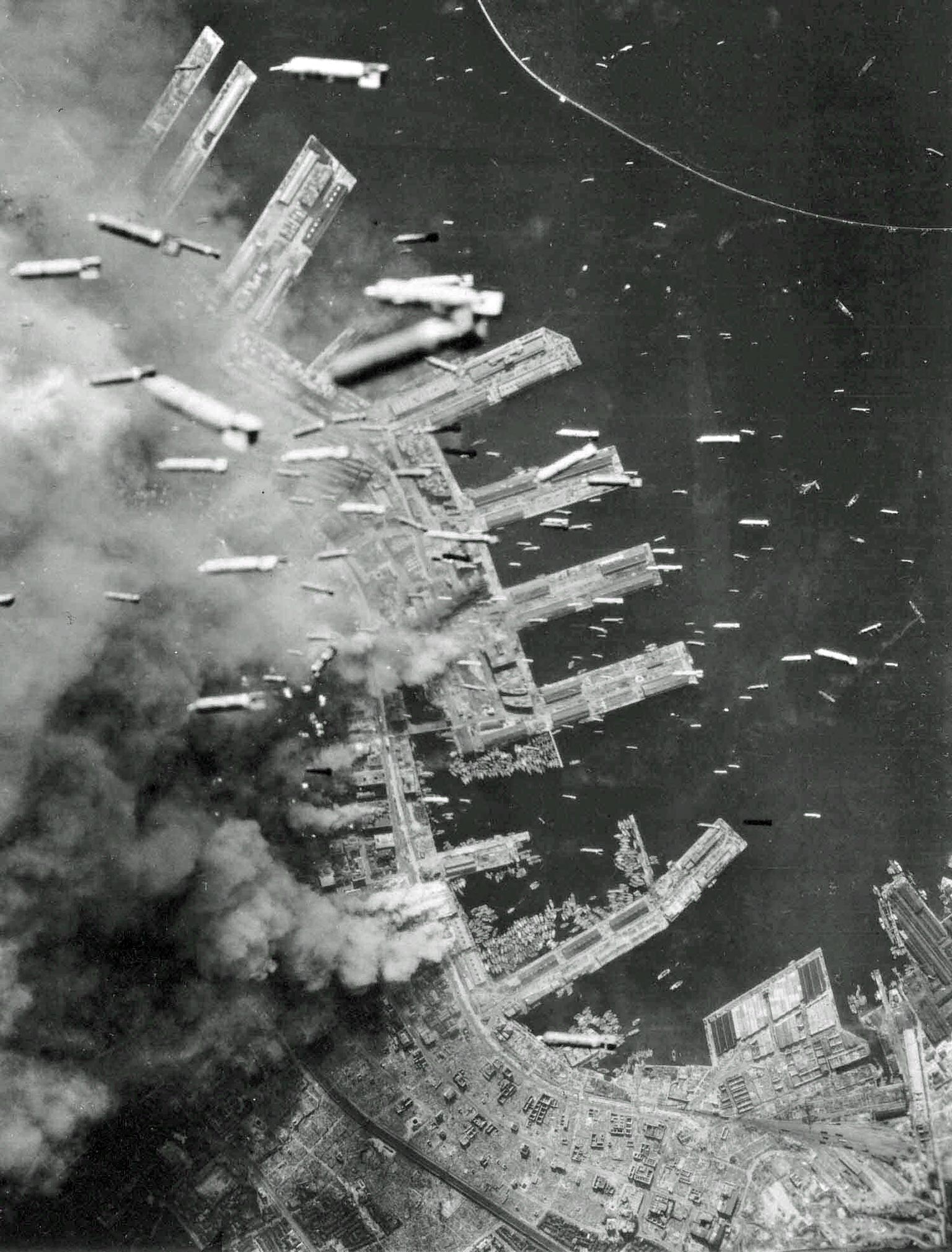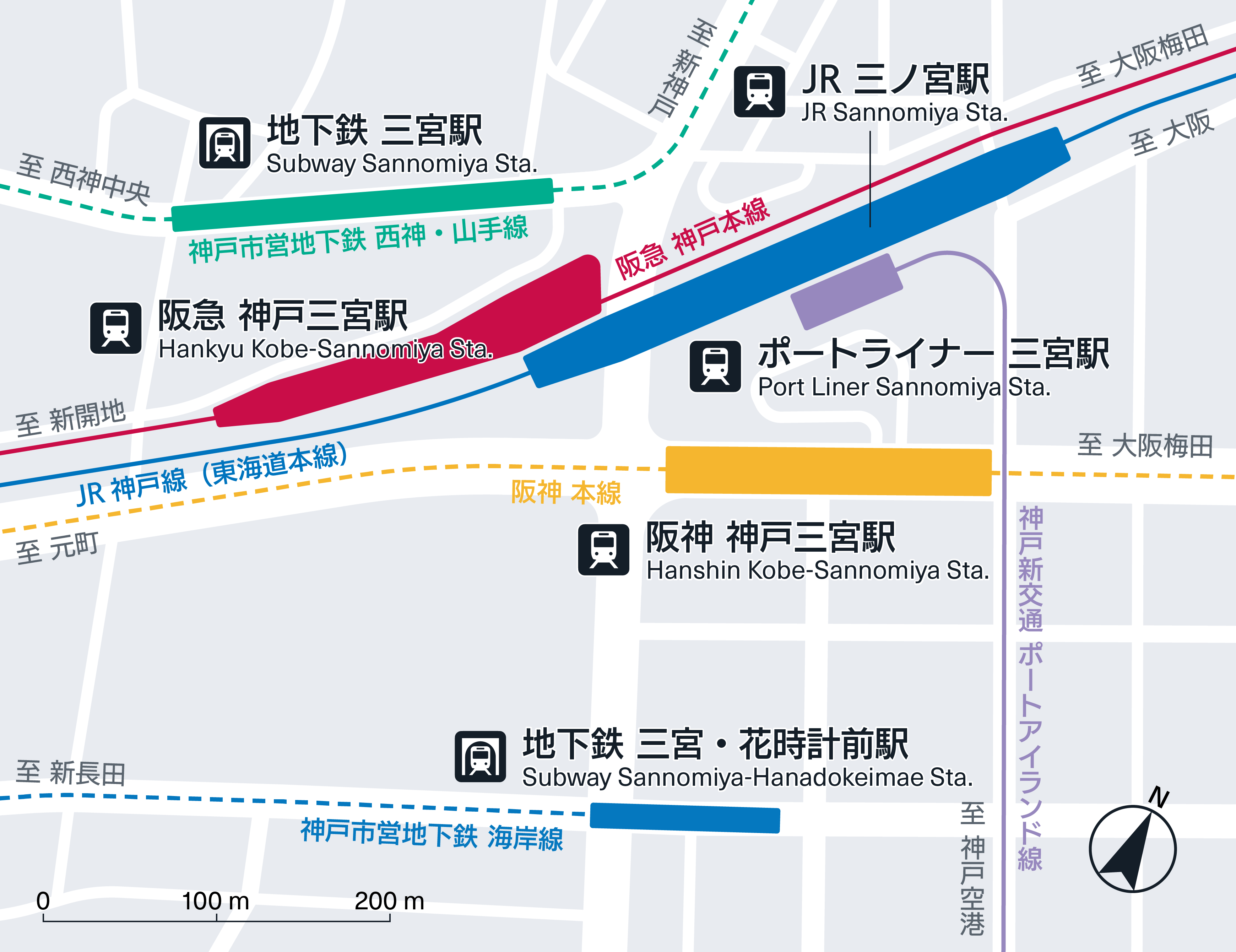|
Fukiai-ku, Kobe
was a ward in Kobe, Japan. It was one of seven wards established on 1 September 1931 when Kobe adopted the ward system. Its boundaries encompassed the village of Fukiai which existed prior to the formation of Kobe on 1 April 1889. On 1 December 1980 it merged with the neighbouring ward of Ikuta () to form Chuo-ku ( ja, text=中央区, translation=central ward, label=none). The ward was devastated by the bombing of Kobe during the Second World War. The population of the ward was reduced from 123,846 in October 1940 to only 17,914 in November 1945. The area of the ward was 9.91 km2. Its western boundary with Ikuta Ward was the old Ikuta River (now Flower Road) and its eastern border was shared with Nada Ward. The population of the ward at the 1980 national population census was 63,516. The ward was under the jurisdiction of the Fukiai Police Station of the Hyogo Prefectural Police; this station still exists and maintains the same jurisdiction over the area, including th ... [...More Info...] [...Related Items...] OR: [Wikipedia] [Google] [Baidu] |
Kobe
Kobe ( , ; officially , ) is the capital city of Hyōgo Prefecture Japan. With a population around 1.5 million, Kobe is Japan's seventh-largest city and the third-largest port city after Tokyo and Yokohama. It is located in Kansai region, which makes up the southern side of the main island of Honshū, on the north shore of Osaka Bay. It is part of the Keihanshin metropolitan area along with Osaka and Kyoto. The Kobe city centre is located about west of Osaka and southwest of Kyoto. The earliest written records regarding the region come from the '' Nihon Shoki'', which describes the founding of the Ikuta Shrine by Empress Jingū in AD 201.Ikuta Shrine official website – "History of Ikuta Shrine" (Japanese) [...More Info...] [...Related Items...] OR: [Wikipedia] [Google] [Baidu] |
Japan
Japan ( ja, 日本, or , and formally , ''Nihonkoku'') is an island country in East Asia. It is situated in the northwest Pacific Ocean, and is bordered on the west by the Sea of Japan, while extending from the Sea of Okhotsk in the north toward the East China Sea, Philippine Sea, and Taiwan in the south. Japan is a part of the Ring of Fire, and spans an archipelago of 6852 islands covering ; the five main islands are Hokkaido, Honshu (the "mainland"), Shikoku, Kyushu, and Okinawa. Tokyo is the nation's capital and largest city, followed by Yokohama, Osaka, Nagoya, Sapporo, Fukuoka, Kobe, and Kyoto. Japan is the eleventh most populous country in the world, as well as one of the most densely populated and urbanized. About three-fourths of the country's terrain is mountainous, concentrating its population of 123.2 million on narrow coastal plains. Japan is divided into 47 administrative prefectures and eight traditional regions. The Greater Tokyo Ar ... [...More Info...] [...Related Items...] OR: [Wikipedia] [Google] [Baidu] |
Bombing Of Kobe In World War II
The bombing of Kobe in World War II on March 16 and 17, 1945, was part of the strategic bombing campaign waged by the United States against military and civilian targets and population centers during the Japan home islands campaign in the closing stages of World War II. The city would be bombed again in later months. Background Kobe was the sixth-largest city in Japan at the time, with a population of roughly 1 million. The houses were mostly built with wood and thus highly flammable, suitable for starting and sustaining large fires. Second, it was Japan's largest port, home to the largest concentration of shipbuilding and marine-engine manufacturing. Kobe was also an important city for transportation and business. National highways ran through the city, especially through the congested business section, and Kobe contained business facilities for steel, machinery, rubber, railway equipment, and ordnance. Lastly, Kobe's low water supply, consisting of only three reservoirs, and its ... [...More Info...] [...Related Items...] OR: [Wikipedia] [Google] [Baidu] |
World War II
World War II or the Second World War, often abbreviated as WWII or WW2, was a world war that lasted from 1939 to 1945. It involved the World War II by country, vast majority of the world's countries—including all of the great powers—forming two opposing military alliances: the Allies of World War II, Allies and the Axis powers. World War II was a total war that directly involved more than 100 million Military personnel, personnel from more than 30 countries. The major participants in the war threw their entire economic, industrial, and scientific capabilities behind the war effort, blurring the distinction between civilian and military resources. Air warfare of World War II, Aircraft played a major role in the conflict, enabling the strategic bombing of population centres and deploying the Atomic bombings of Hiroshima and Nagasaki, only two nuclear weapons ever used in war. World War II was by far the List of wars by death toll, deadliest conflict in hu ... [...More Info...] [...Related Items...] OR: [Wikipedia] [Google] [Baidu] |
Nada-ku, Kobe
is one of nine wards of Kobe, Japan. It has an area of 31.4 km², and a population of 129,095 (2008). A leading national university in Japan, Kobe University, is located in this ward, as is the city's Oji Zoo. The Tadao Ando-designed Hyogo Prefectural Museum of Art is a short walk south of the Nada JR station. Rokko High School is in Nada-ku. Sake production Nada is a major sake producing region, and along with Fushimi produces 45% of all the sake in Japan. A plenitude of water good for making sake and a location near Osaka (the hub of physical distribution) made it one of the most principal areas of making sake. It was one of the sake production areas called Nada-Gogō. The fine taste of the Nada sake comes from ' Miyamizu' mineral-rich water, which was discovered during the Tenpō era (1830–1844) by Tazaemon Yamamura from the Uozaki-go district. Miyamizu is hard water high in calcium and potassium but low in iron, making it ideal for making rich, full-flavo ... [...More Info...] [...Related Items...] OR: [Wikipedia] [Google] [Baidu] |
Sannomiya Station
, or simply , is located in the heart of Kobe, Japan. This station is the main railway terminal of Kobe. Lines Sannomiya is served by the following railway lines and stations: * Hanshin Electric Railway (Main Line) - Kobe-Sannomiya Station (Hanshin) *Hankyu Railway (Kobe Line, Kobe Kosoku Line) - Kobe-Sannomiya Station (Hankyu) * Kobe New Transit ( Port Island Line, K01) - Sannomiya Station *Kobe Municipal Subway ( Seishin-Yamate Line, S03) - Sannomiya Station *Kobe Municipal Subway (Kaigan Line, S03) - Sannomiya-Hanadokeimae Station (''see separate article'') *JR West - Sannomiya Station (''see separate article'') Hanshin Railway Main Line Overview The current station opened as Kobe Station on 12 April 1905. The station would undergo several name changes until the current name was introduced in 2013 along with the station number (HS 32). In 1987, platform 3 was extended and a new ticket gate was opened on the north side. The station was damaged by the Great ... [...More Info...] [...Related Items...] OR: [Wikipedia] [Google] [Baidu] |



